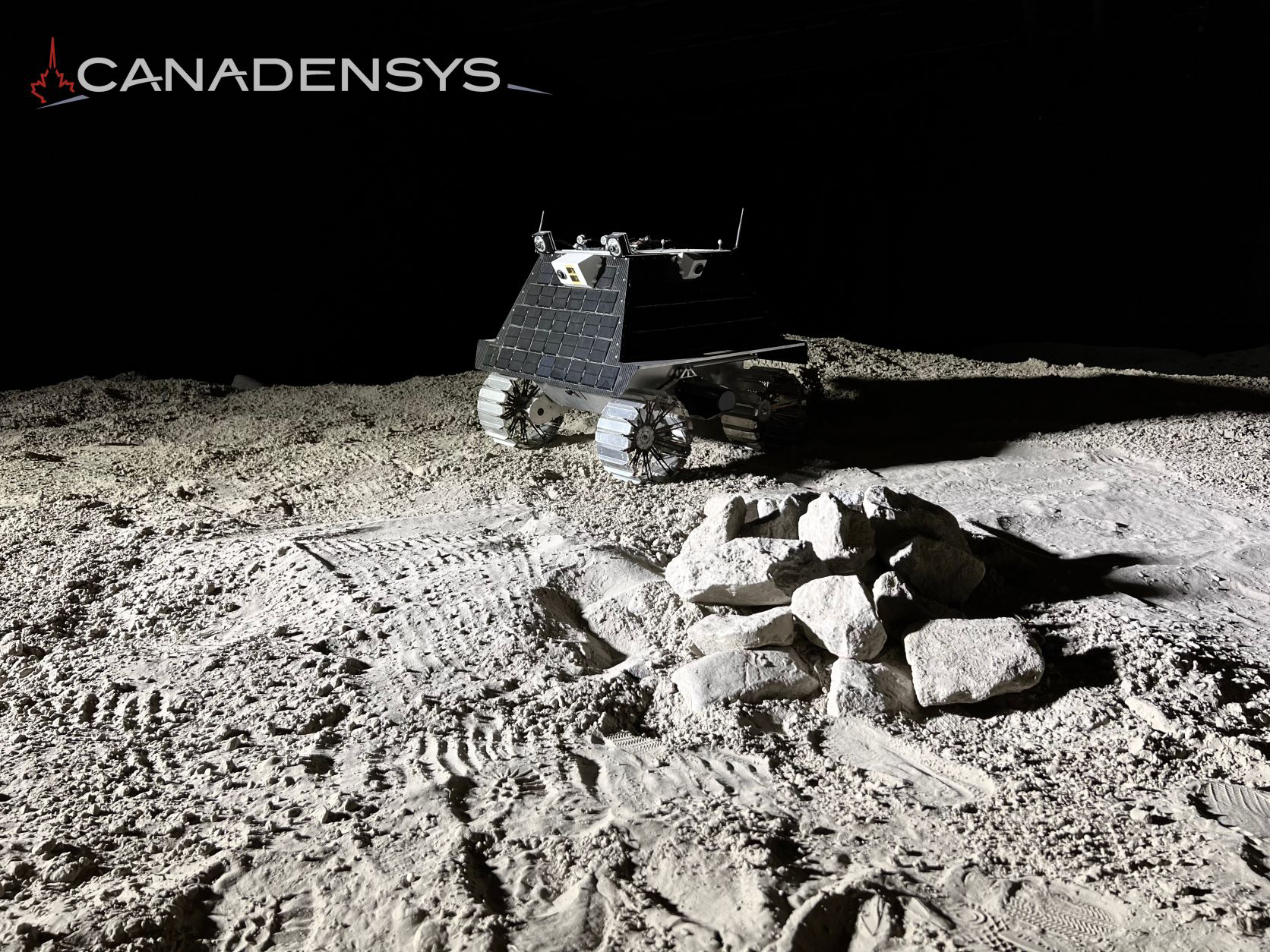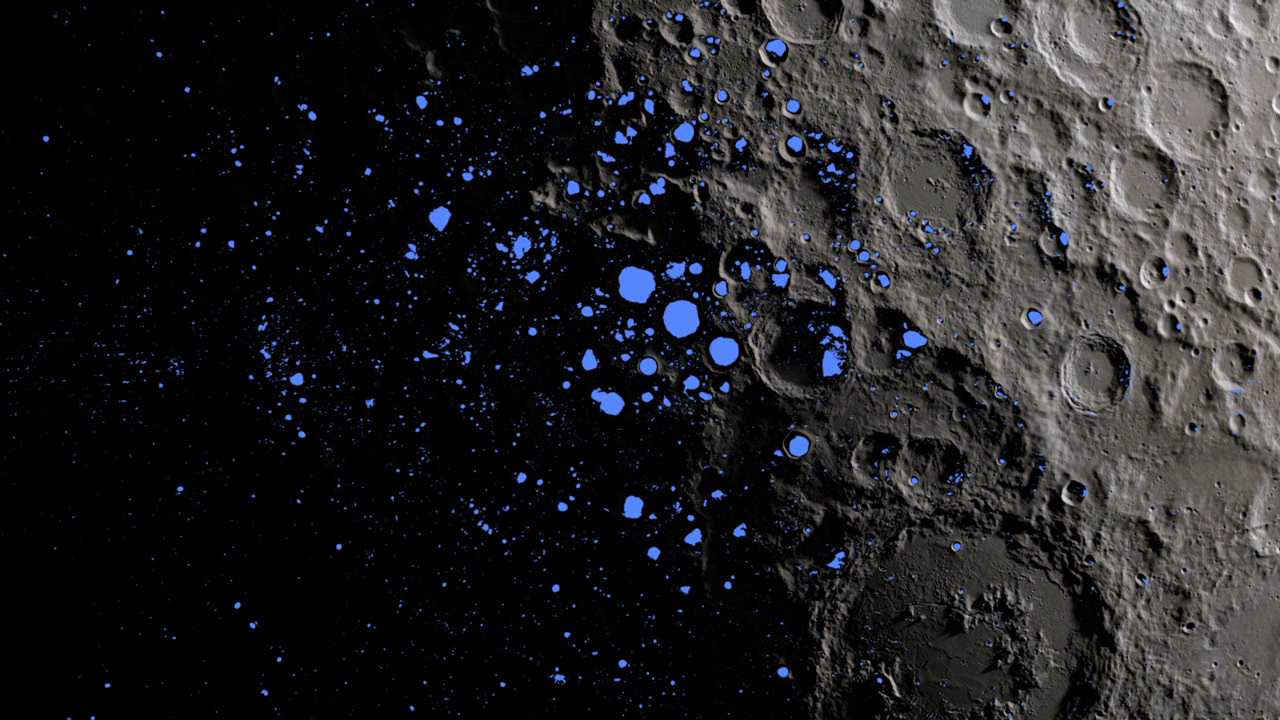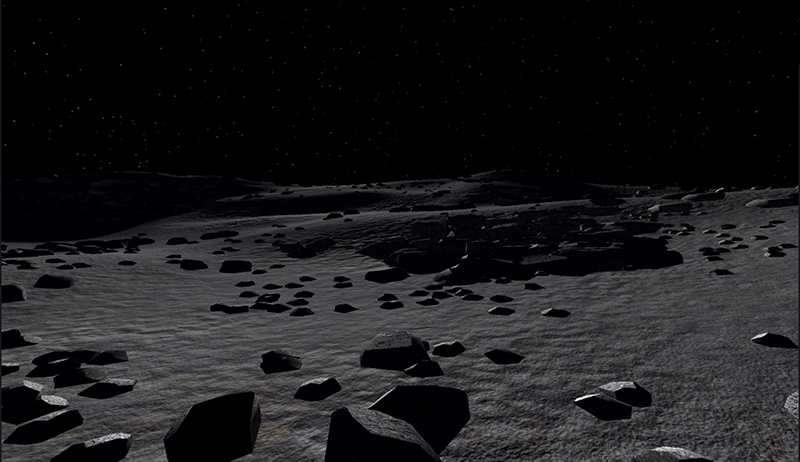Press Release
Johns Hopkins APL to Build Science Instrument for First Canadian Lunar Rover

Credit: Canadensys
Scientists and engineers at the Johns Hopkins Applied Physics Laboratory (APL) in Laurel, Maryland, have received the green light to begin developing a key infrared imaging instrument for Canada’s first lunar rover. On Nov. 14, the Canadian Space Agency (CSA) announced a $43 million Canadian dollar ($31.9 million) contract to Canadensys Aerospace Corporation and its partners to build the rover.
Developed under CSA’s Lunar Exploration Accelerator Program, the new 66-pound (30-kilogram) lunar rover will be delivered by NASA’s Commercial Lunar Payload Services initiative, with a scheduled landing on the Moon’s South Pole as early as 2026. There, it will explore permanently shadowed regions (PSRs) for water ice that would both help uncover the origin of life on Earth and provide fuel for future human space exploration.
The rover will carry a suite of six scientific payloads to demonstrate technologies for lunar endeavors and perform lunar science investigations on PSRs, lunar geology, astronaut health and life sciences. Among those payloads will be the Lunar Advanced Filter Observing Radiometer for Geologic Exploration (LAFORGE) instrument.
“LAFORGE will be the first instrument to fly to the lunar surface with the capability of measuring the very low temperatures found in some PSRs,” said Benjamin Greenhagen, the LAFORGE principal investigator and a planetary scientist at APL. “Not only is LAFORGE going to provide fantastic science measurements, but the LAFORGE team will be integral to helping decide which shadowed regions this lunar rover mission should explore.”
Built by APL in collaboration with NASA’s Jet Propulsion Laboratory (JPL) in Southern California and the University of Oxford, this multispectral imaging infrared radiometer will measure heat coming from the lunar surface to determine the temperature, thermal inertia and composition of geologic materials on the Moon’s surface. It will use the same sensor technology that JPL developed for the Lunar Reconnaissance Orbiter’s Diviner Lunar Radiometer Experiment.

Credit: NASA Goddard Space Flight Center/Lunar Reconnaissance Orbiter mission
“The difference is that where Diviner’s lunar surface pixels are roughly the size of a football stadium, however, LAFORGE will have pixels smaller than footballs,” Greenhagen said.
LAFORGE will be sensitive to the full range of lunar surface temperatures, including those in PSRs, which at minus 423 degrees Fahrenheit (minus 253 degrees Celsius) have the coldest temperatures measured on a planetary surface yet. With that capability, LAFORGE will allow scientists to make the best decisions for future science and for traversing the surface.
JPL will provide LAFORGE’s heritage-based sensor, while Oxford will provide the infrared filter based on its Lunar Thermal Mapper instrument on NASA’s Lunar Trailblazer mission. Other science partners on the instrument team include NASA’s Ames Research Center in Silicon Valley, California, the University of Central Florida and the Planetary Science Institute.
The LAFORGE scientific instrument development and operations are funded by the NASA Science Mission Directorate’s Lunar Discovery and Exploration Program.
